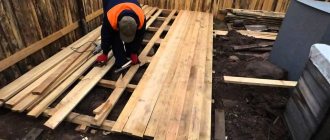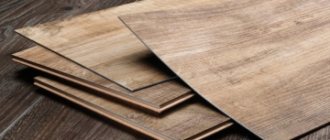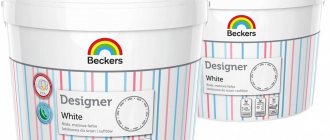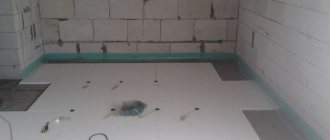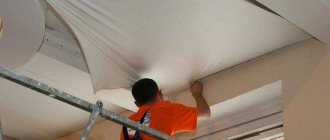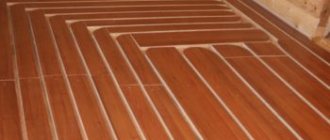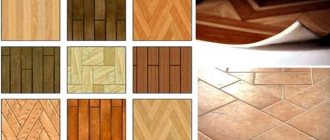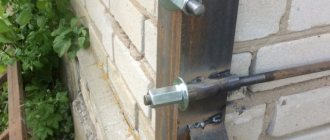Natural material – wood – is excellent for flooring. In order for it to be used for a long time, not to deteriorate from humidity, not to creak, it must be properly processed and mounted. The best option is considered to be a floor made of tongue-and-groove boards - no gaps, smooth, reliable. But how do you choose the material, how to make such a coating? It's simple: study the rules of selection and technology for performing work.
tongue and groove floor
tongue and groove board
Solid lumber with milled grooves and ridges that provide a gap-free surface. Thanks to this, quick fastening occurs, increasing the strength of the structure.
The connecting lock can be found on 2 or 4 sides of the product, and special bevels are made on the reverse side, allowing air to circulate inside the floor. The thickness of the boards is the same, so the floor is smooth, and the planes of the boards are sanded.
Attention! Cheap tongue and groove boards may only be processed on one side and may not have ventilation holes.
With proper installation of the material, there are no gaps, which prevents squeaks and wear.
Reviews
A tongue and groove board is a convenient and excellent material. Many users noted that such boards are much more convenient than regular flooring boards. They are characterized by long-term operation (up to several decades) and are resistant to the appearance of various defects, cracks and crevices.
Some of the negative reviews came from owners of private houses - they note that tongue-and-groove boards dry out more quickly, especially if the installation was done incorrectly or the material was initially damp.
With proper installation and care, a tongue and groove floor will last a very long time - several decades.
In general, consumer reviews of tongue and groove boards are positive; such material will last quite a long time, and with proper installation work it can last up to several decades.
Types of tongue and groove boards
- Spruce, pine: low cost, poor moisture resistance, requires mandatory varnishing. It is recommended to treat the reverse side with special protective agents.
Larch lumber
- Tongue-and-groove larch lumber is not exposed to insects and has good moisture resistance. This rock is not varnished, but the varnished material has a longer service life. It has a rich shade and beautiful structure. The disadvantage is the high price.
- Ash, oak: has average resistance to moisture, hard structure, wear resistance and high cost.
Advantages, disadvantages of tongue and groove lumber
The tongue and groove material has a sufficient number of positive qualities over others:
- The tongue-and-groove lock makes it possible to evenly distribute loads and increase service life.
- There are grooves on the reverse side for ventilation, which eliminates the possibility of fungus.
- The floor covering provides good heat and sound insulation.
- The locking connection makes installation of the flooring quick.
- Standard sizes, which speeds up the laying of tongue and groove boards.
- No chemical components are used in production.
- The floor covering looks great.
- The lumber provides a seamless finish.
- To tidy up the appearance after use, it is enough to sand (sand) and varnish.
- A floor using such materials fits into the interior.
Grooved flooring has disadvantages: the surface must be periodically coated with paints and treated with antiseptics. Another negative point is that they are expensive.

